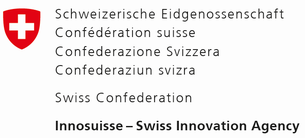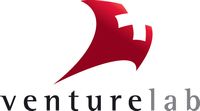Celeroton and ETH Zurich start space project

Lighter and low-vibration satellites are possible due to magnetic bearing technology: The Swiss State Secretariat for Education, Research and Innovation (SBFI) supports one of Celeroton’s research projects.
A collaboration between Celeroton and the Power Electronics Systems Laboratory (PES) of ETH Zurich can now count on governmental research support. The Swiss State Secretariat for Education, Research and Innovation (SBFI), through the Swiss Space Office (SSO) will subsidize the project “Miniature, low vibration, high-speed magnetic bearing inertia wheel for small satellites”. This project targets the development of a new reaction wheel for the stabilization of small satellites. Against the background of increasing miniaturization in the aerospace industry, the project will primarily focus on achieving a low volume, weight and vibration levels.
Reaction wheels generate inertia in order to turn the satellite on the same axis but in opposite direction. These wheels generally consist of a motor, a centrifugal mass, the control electronics and a pressure-tight casing. The volume and weight of these systems are a key factor due to the high transport cost to get into space. Current systems weigh a few tens of grams up to several kilograms (depending on the satellite size). A miniaturization (and a corresponding weight reduction) has not been possible until now due to limited rotational speeds of approx. 6,000 rpm for wheels with ball bearings and approx. 10,000 rpm with magnetic bearings.
There is a trend in the aerospace industry for the further miniaturization of modern satellite systems. The European Space Agency (ESA) states in its “European Space Technology Harmonization Technical Dossier – AOCS Sensors and Actuators”“ that the demand for compact and low vibration reaction wheel solutions will strongly increase. This is due to the increasing requirements of alignment accuracy and speed, and the sensitivity of loads to micro-vibrations.“
This is where Celeroton’s high-speed technology comes into play. With Celeroton’s much higher rotational speeds the volume, weight and vibration levels of the reaction wheels are massively reduced. Celeroton recently published the findings from a first research project regarding a magnetically levitated motor that achieved a world record speed. Although the current application area is for optical systems, the developed drive system is also equally applicable for use in space applications.
The feasibility of such a magnetically levitated high-speed reaction wheel with rotational speeds up to 250,000 rpm will be shown during the new project over the next 1.5 years.























































Please login or sign up to comment.
Commenting guidelines